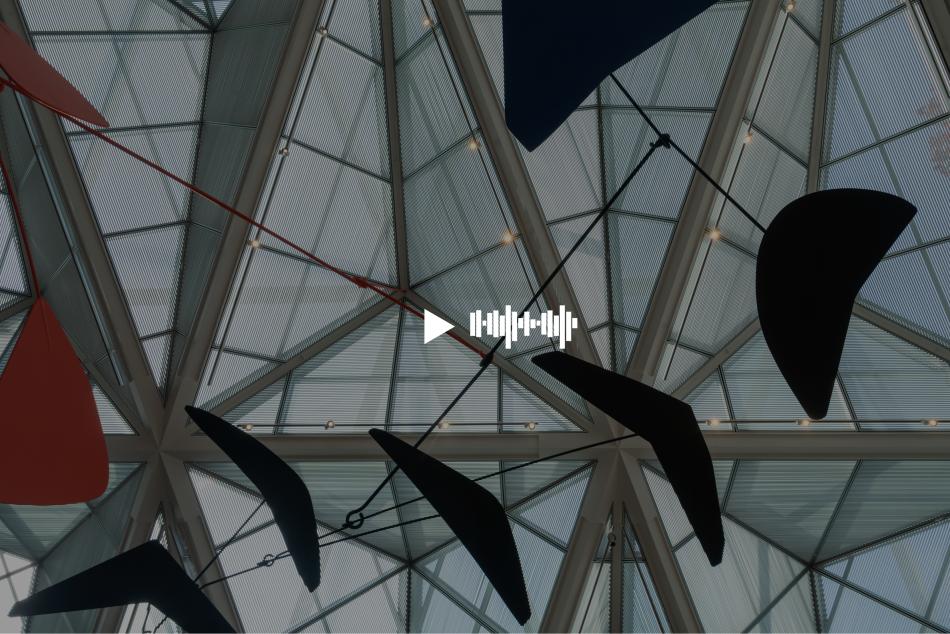NARRATOR:
The year is 1911, the place is New York City—the epicenter of modernity. And George Bellows dared to take it on in this dynamic painting.
CHARLES BROCK:
What I love about it is its wild ambition. You have a very young artist willing to try anything.
NARRATOR:
Charles Brock.
CHARLES BROCK:
Willing to try as audacious a subject as putting all of New York City into one canvas.
NARRATOR:
Here Bellows imagined the city’s business district, at Madison and 23rd Street, at its most frenetic.
CHARLES BROCK:
There’s an elevated train at the far back, the skyscrapers themselves. And you see this mash up of traffic with horse-drawn carts conflicting with automobiles and pedestrian traffic. It’s a painting that for contemporary viewers was as confusing as the subject matter itself.
NARRATOR:
It’s hard even to know where to look: the streetcar on the far left loading passengers, the storefront signs, the anonymous pedestrians crowding the street. In a sea of grays and greens, Bellows picks out just a few details in red. Critics considered the work disorganized and difficult to read.
CHARLES BROCK:
But they all were attracted to the painting, to the vitality of the painting, the new way in which Bellows was trying to depict the city. And one of the writers, after criticizing the painting, said, “Someday far in the future, it will be pointed out, no doubt, as the best description of the casual New York scene left by the reporters of the present day.”




